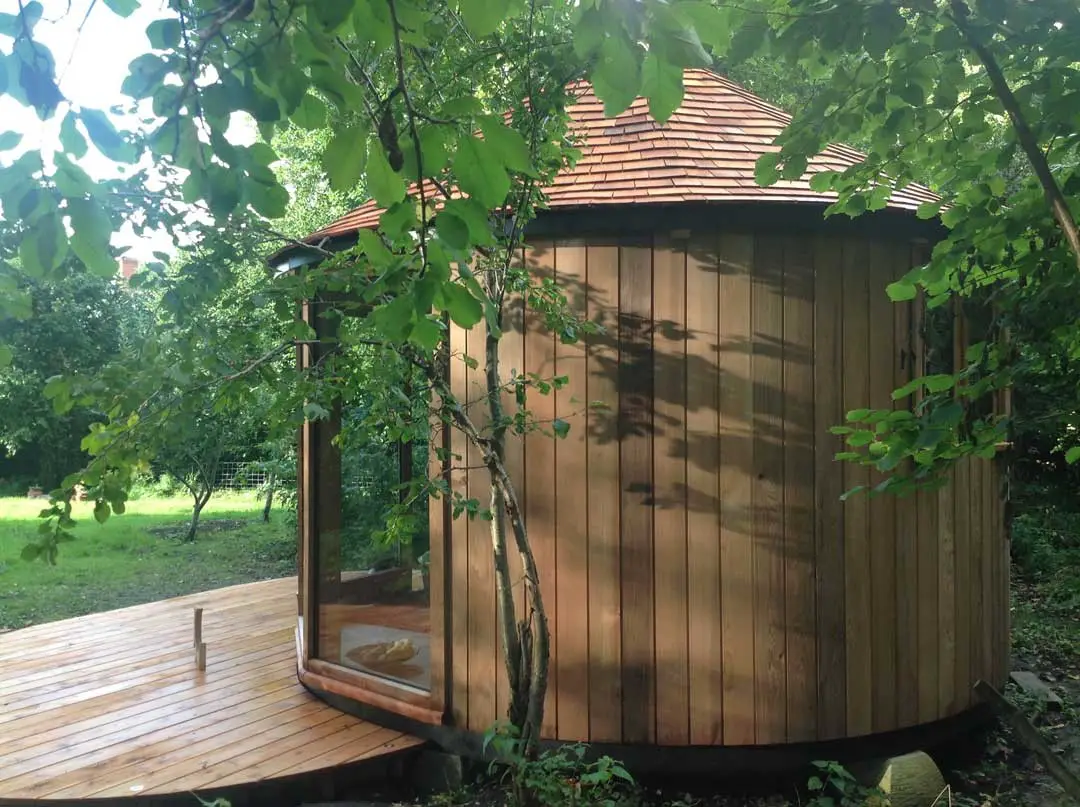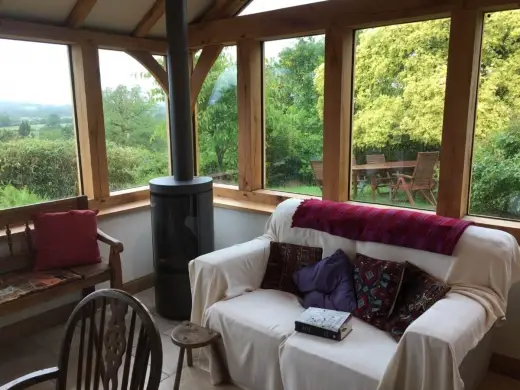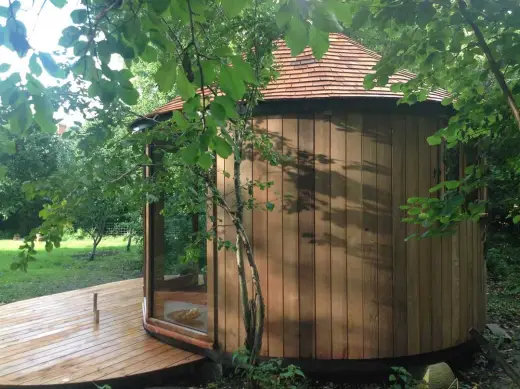Sustainable Timber Construction Guide, Sympathetic Conservation Area New Builds, Property wood advice
Sustainable Timber Construction – Sympathetic New Builds For Conservation Areas
3 June 2021
One of the most frustrating things for architects and clients alike is trying to get plans past planners. The minefield and planning and regulation can be especially challenging to navigate in conservation areas. But sustainable construction, with careful and sympathetic use of natural, local, and in-keeping materials can help architects, builders, and property owners develop plans that will be looked upon more favourably.
Why Sustainable Timber Construction is Right for Conservation Areas
Sustainable timber construction lends itself to this sort of sensitive, conservation zone building. High-quality, traditional materials like oak can be particularly desirable – and when used correctly, such materials can add to, rather than detracting from the natural appeal and traditional character of an area.
Oak-frames, stone, and traditional tiles or thatch used in new build projects can ensure that new oak buildings are in keeping with the local vernacular. Such timeless materials are the antidote to modern, thrown-up ‘little boxes’ and are ideal for conservation zones.
Planners can be more likely to accept applications for new builds which truly are in keeping with the local area, which is timeless in style, in the local vernacular, sustainable, and builds not just for short term gain but with an eye on the bigger picture, and the long-term.
Important Elements in Sustainable Timber Construction
Some important elements for architects, planners and all those involved in the industry to consider when it comes to sustainable timber construction are:
- The source of timber and other materials used. (Materials should be sustainably sourced and ideally sourced from as close by as possible.)
- Sensitivity regarding the surrounding natural environment. (Care to preserve venerable trees, for example, or relating to riparian zones).
- Sensitivity regarding the history of the area, and the surrounding built environment. (A new build in keeping with the local vernacular, which does not dominate its neighbours or detract from visual amenity.)
- Energy-wise and water-wise design, incorporating passive solar design and sustainable solutions for the new home and its occupants. (Creating a home that will reduce energy and water use and allow its occupants to live in an eco-friendly way.)
- Waste reduction goals and implementation of waste management practices.
In conservation zones, it can also be helpful to show planners ecologically sensitive landscaping designs, in addition to the architectural drawings. Sustainable landscape designs, from a permaculture designer or sustainable landscape designer or landscape architect, can help to show planners and authorities how a home will actually blend into the surrounding area. It can help to show them how the proposed development will enrich, rather than detracting from the surroundings within the conservation area.
Building new homes within conservation areas or protected zones is often, quite rightly, frowned upon. And restrictions within such areas should be tight. However, it is important to exercise discretion and to understand each case on its individual merits. When a proposal is sustainable, ecologically friendly, well-thought-out, and well designed, the answer need not be no.
By developing well-thought-out and holistic designs such as a Shaftesbury round building and plans for new builds in conservation areas, it is possible for new construction to be undertaken without doing harm. In fact, in a number of instances, it can be demonstrated that new proposals can bring a range of benefits.
Such projects can show how new homes can be created with an eye on the environment, and existing communities – not just for the present, but for the long term. Well-crafted timber-framed homes can last for generations – enriching existing housing stock and providing a boost to the area. They can serve within the whole of the construction industry as exemplars of how things should be done.
Comments on this guide to Sustainable timber construction help article are welcome.
Glasgow Building Designs
Glasgow Architecture Designs – architectural selection below:
Comments / photos for the Sustainable timber construction advice page welcome





